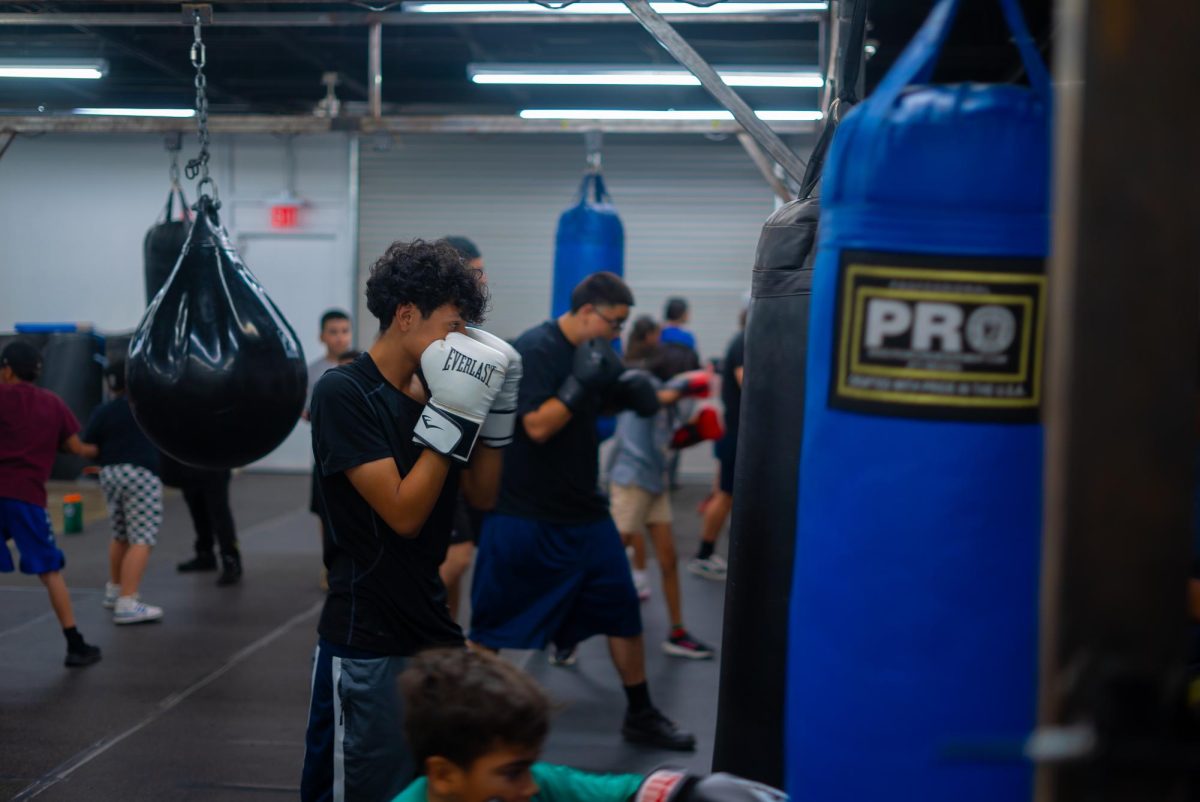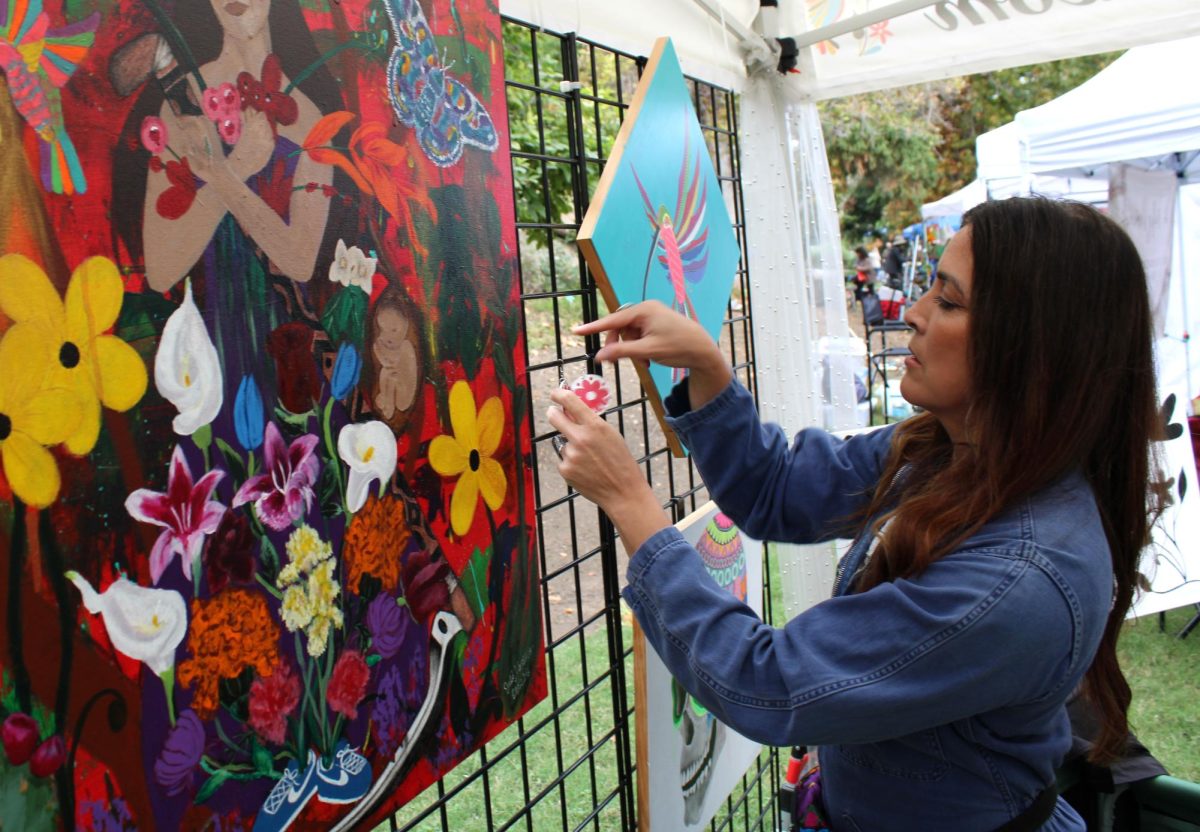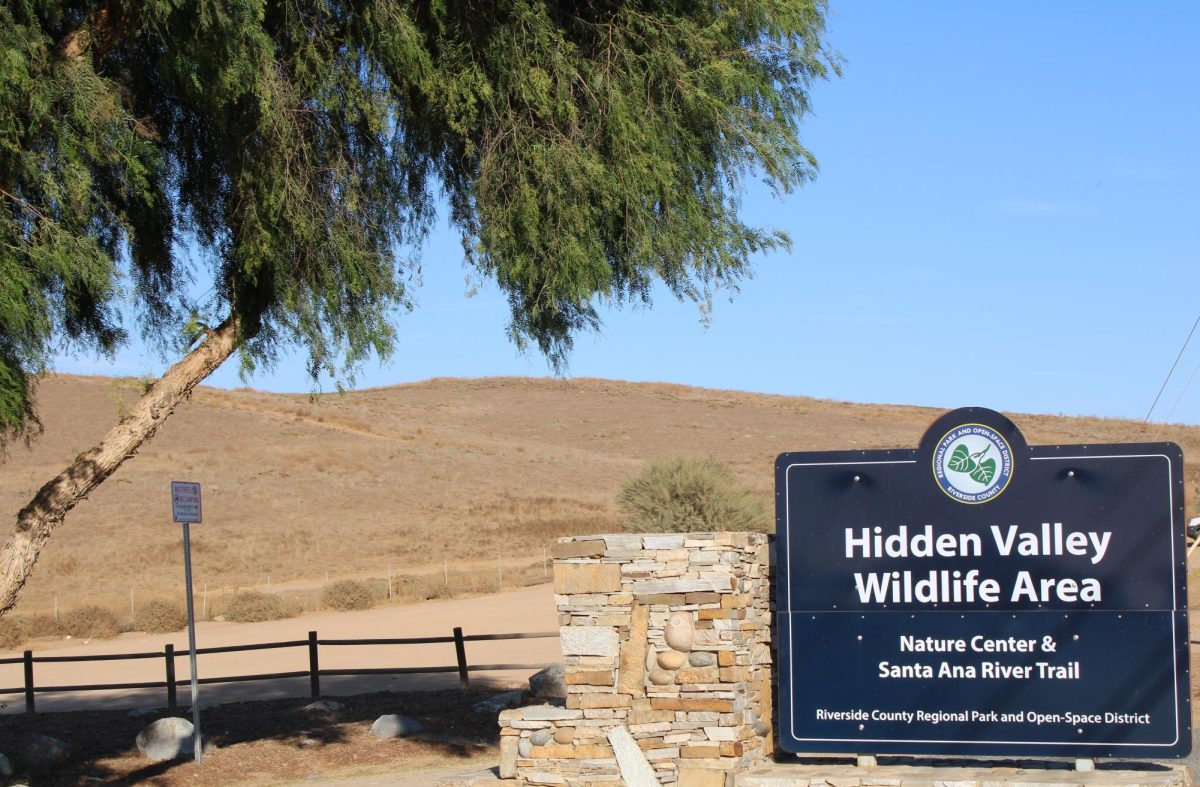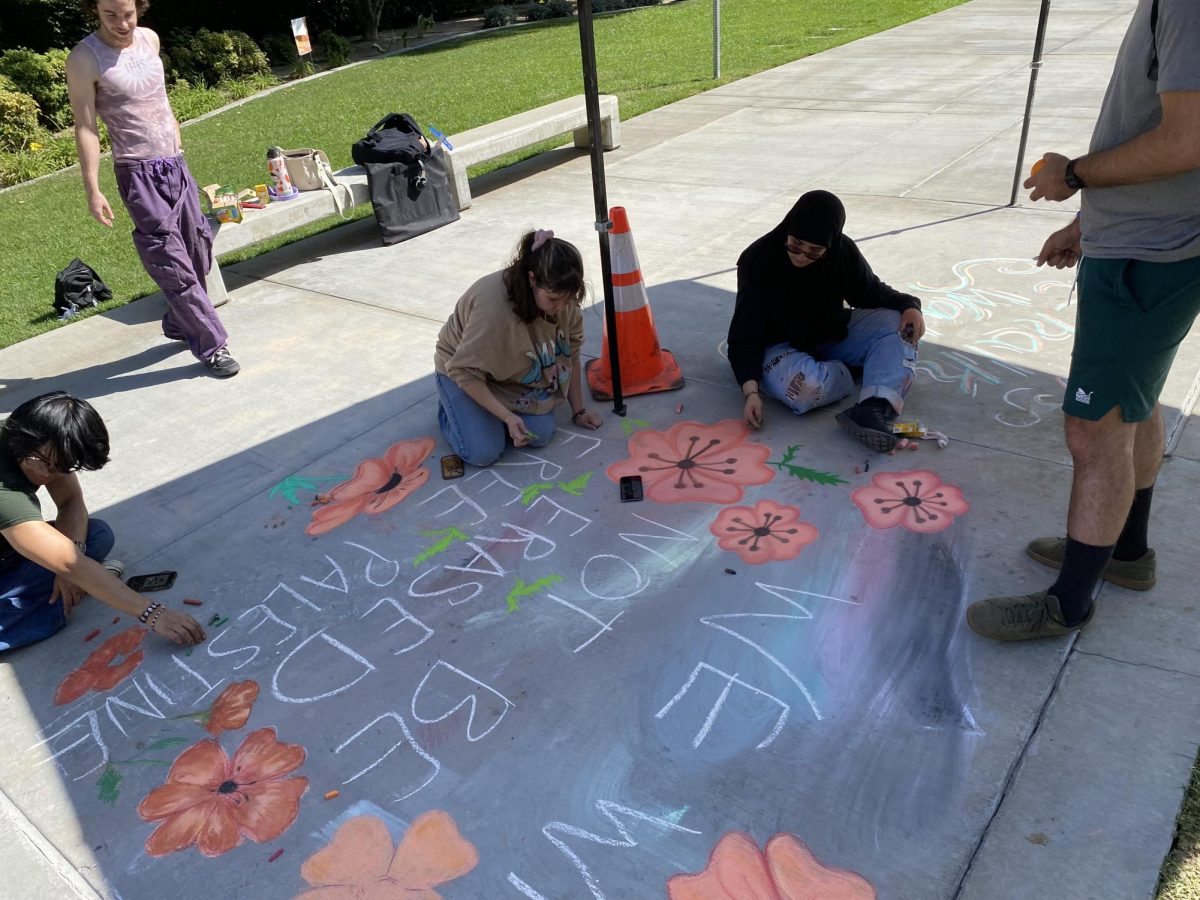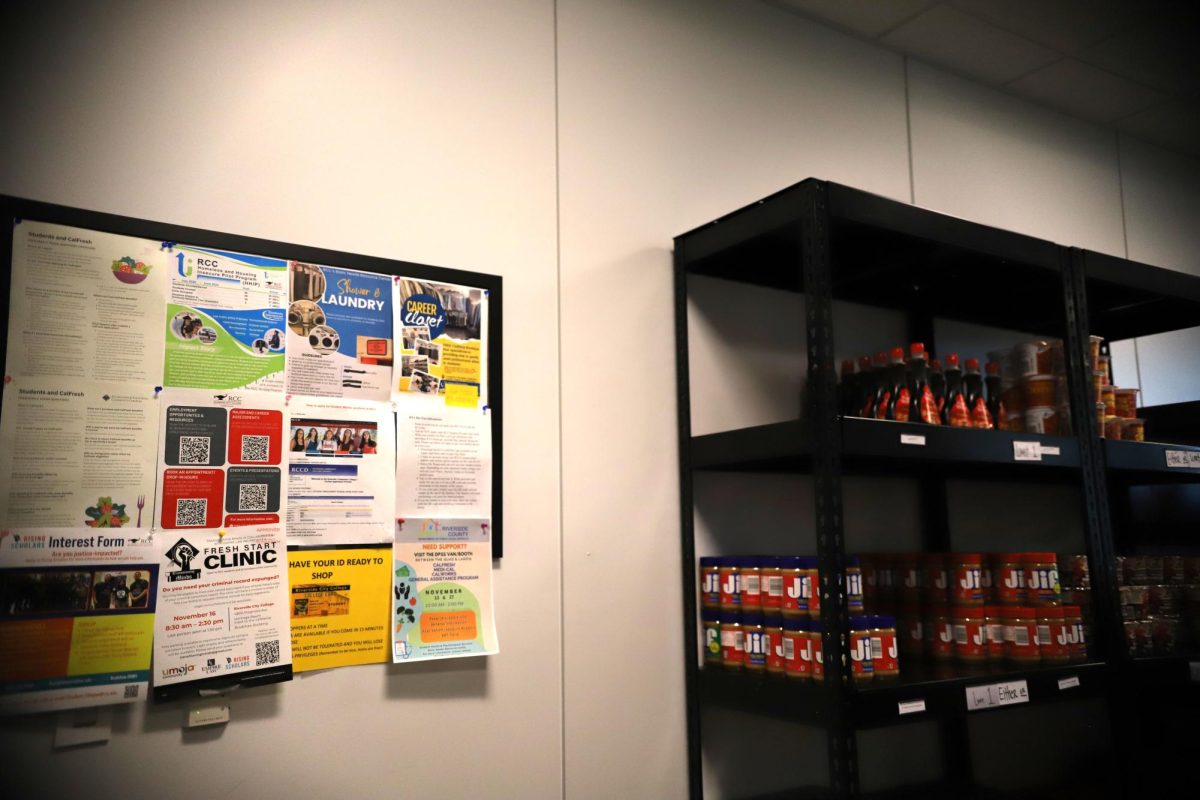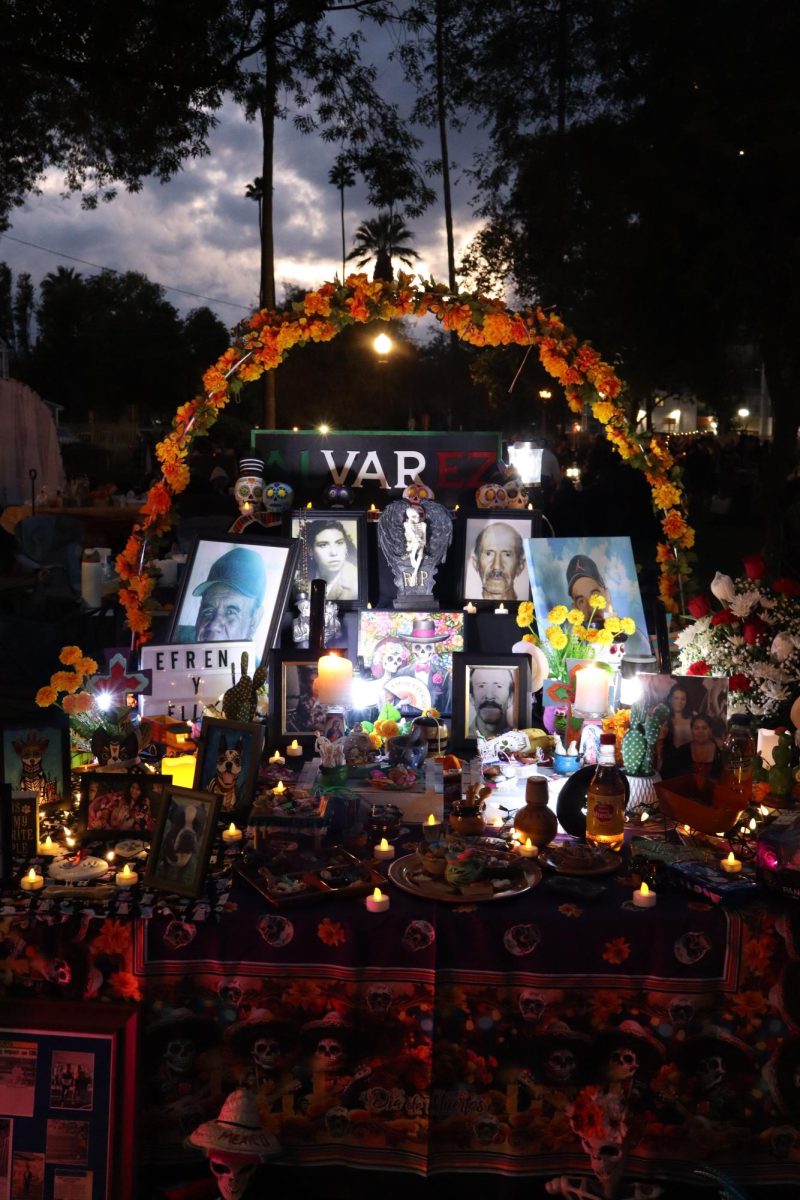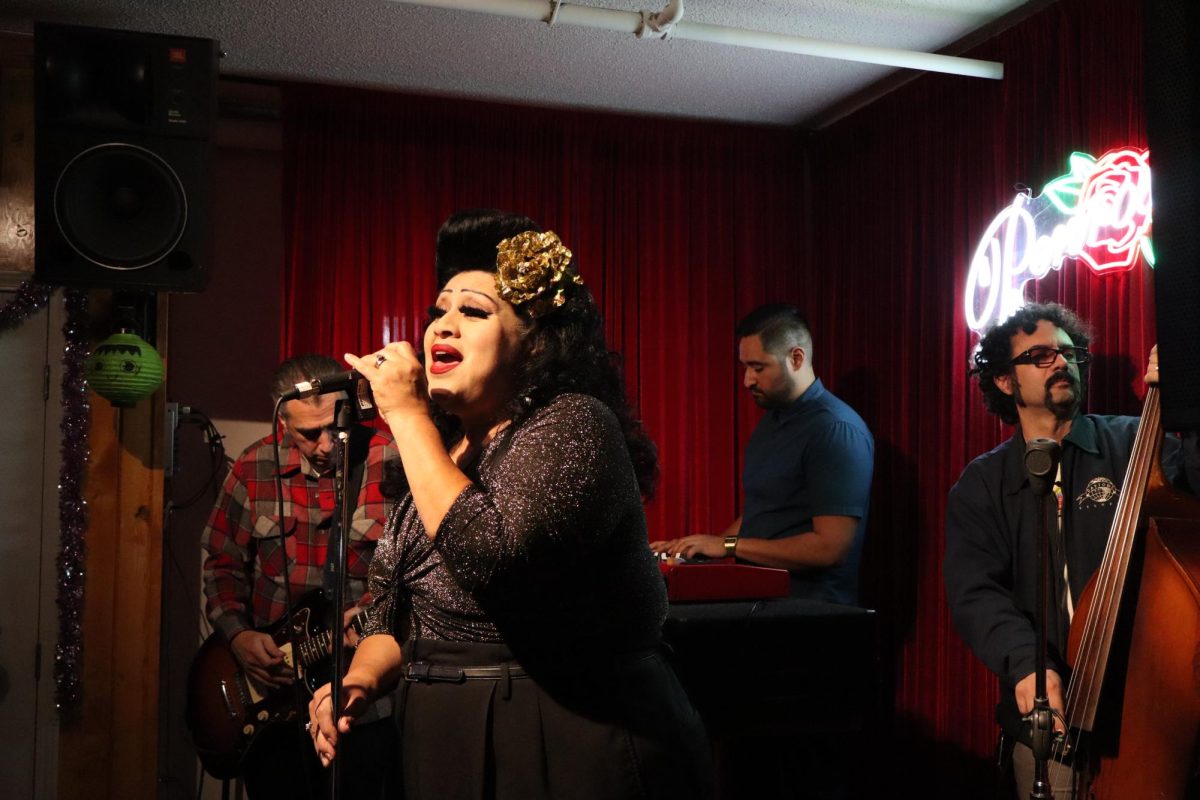By Daniel Hernandez
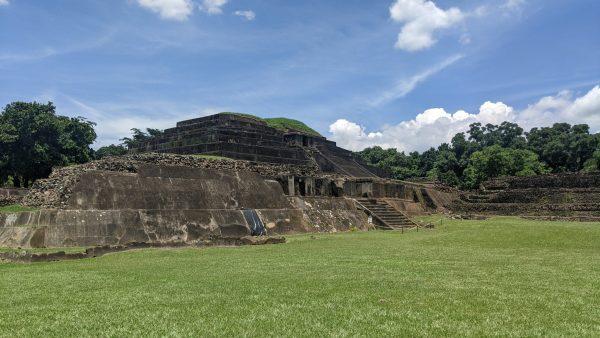
Day seven: Our indigenous roots
My father always jokes about his actions being influenced by the indigenous blood flowing through him.
He enjoys exploring mountains, cultivating medicinal plants and being in touch with planet earth. His nostalgic stories about El Salvador detail his parents’ teachings about the nation’s history and the times he played on top of the ancient Mayan temple, El Tazumal, when he was a kid.
El Salvador is known to be an important site for archeological research about the Mayan culture. The country has five archeological parks: San Andrés, Casa Blanca, El Tazumal, Joya de Cerén and Cihuatán. My family’s hometown Chalchuapa is home to two of those parks, Casa Blanca and El Tazumal. These archeological sites date back to at least 1,200 B.C.E and investigations have shown that it was a ceremonial bastion for the Mayan culture.
So, after returning to Chalchuapa from our vacation in Lake Coatepeque, my family decided to visit El Tazumal and learn more about our indigenous Mayan roots.
We’ve visited El Tazumal before but only to stare at the oddity, which is the temple. However, this time, we were determined to get a tour guide to teach us about the historical monument.
The tour began with our guide speaking in the native tongue of Nahuat Pipil. He thanked us for joining him and then explained how El Tazumal was first discovered.
Archeologist Dr. Stanley Harding Boggs formally registered El Tazumal in 1940 after conducting surveys of the land and began excavating the temple in 1942. His research led him to become the head of the archeology department at the University of El Salvador, and was the resident archeologist of the country for nearly 50 years.
Boggs’ research depicts how El Tazumal’s impressive layered structure was not built all at once. It is said that each governance would build on top of the previous layer once the ruler died. There are 13 total layers to El Tazumal, with its peak reaching 75 feet in height.
The temple was originally made with a combination of stone, adobe and clay. To help preserve the ruins, archeologists had to reconstruct sections with cement to prevent the structure from collapsing.
Other prominent features to the temple include the remains of an I-shaped practice field for the traditional Mayan ball game, a complex water drainage system that leads toward the nearby river and a tomb area near the back.
The significance of femininity echoes throughout the Mayan Culture. This intrigued me. Our guide shared how ancient rituals and symbols within El Tazumal celebrate fertility and the gift of life that the womb provides us.
There is a rock-carving of a feline depicted near the entrance of the archeological park. Our guide explained that this jaguar represented motherhood and encapsulated the virtues that our indigenous ancestors believed in.
Deeper into our tour, we passed by the small and semi-excavated section which were the tombs. The shape was reminiscent of the layers that the main structure has but built horizontally instead of vertically. There’s a false myth about the Mayans being cannibals because archeologists found human bodies stored inside giant vases. Our guide promptly dispelled that rumor by sharing that the Mayans would be buried within these circular vases in the fetal position to represent the circle of life and how they first entered this world.
Reaching the end of our tour, my father and I reflected on the stories of our ancestors left behind in the ancient ruins of El Tazumal. It felt good to learn about our culture’s rich history. After getting a deep-dive tour with a guide, I feel like I’ve gained a deeper connection toward our indigenous roots.
Day five: Visiting the “Place of the Serpent”
Lake Coatepeque has been my family’s place of rest for the past couple of days.
On Sunday morning, we packed our rental car once again with our supplies and started the hour-long bumpy ride to a lake house we rented for a few days.
So far, I’ve spent my days on the southern section of Lake Coatepeque swimming, kayaking and enjoying Salvadoran coffee while it rains. It has been a lot of fun here and has given me a chance to just rest. But my curiosity got the best of me and I had to learn more about this beautiful hidden gem.
I took some time to research Lake Coatepeque and wanted to share just a couple of facts that I learned and showcase some images I took of our beautiful view.
El Salvador has 23 active volcanoes and Lake Coatepeque results from a group of stratovolcanoes collapsing over 50,000 years ago. Now, the only remnants of volcanic activity are the hot springs near the southern section of the lake. However, some locals warned about directly touching the hot springs because they can reach up to 80 °C (176 °F) and told us some horror stories they have seen throughout the years.
The name Coatepeque translates to the “Place of the Serpent” or “Hill of Snakes” depending on what site you look at. Its name derives from how the shore looks as if a serpent is surrounding the lake. My aunt also described an ancient myth about the Lake Coatepeque serpent that roams within the depths of the water. According to the myth, the serpent snorts once a year causing the water to rumble and the smell of sulfur to fill the air for a few days.
The lake boasts an incredible phenomenon where it temporarily turns turquoise. I haven’t been able to find a conclusive explanation for its color change but despite all of that, it is just such a beautiful view that I just happened to miss.
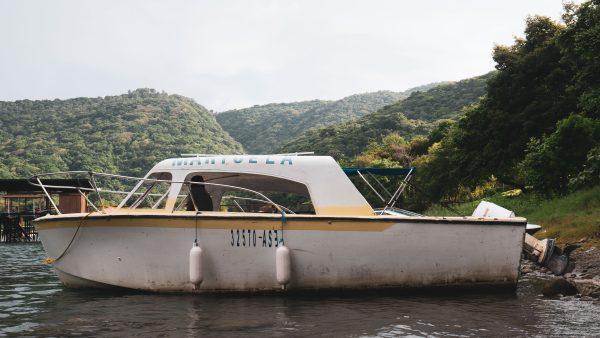
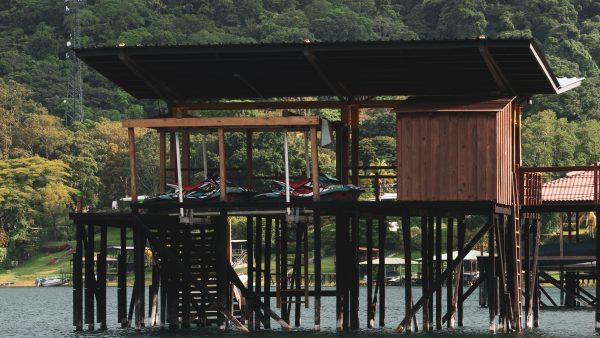
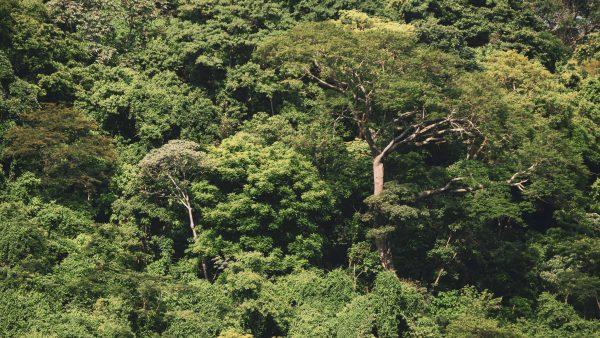
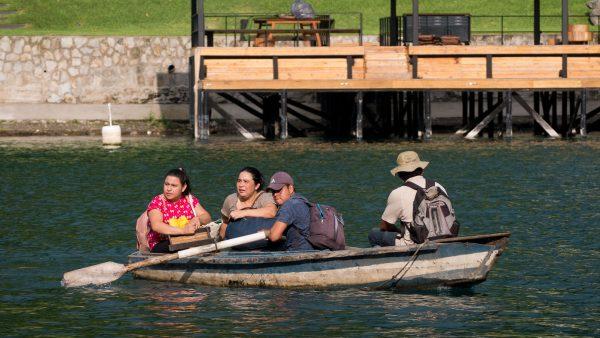
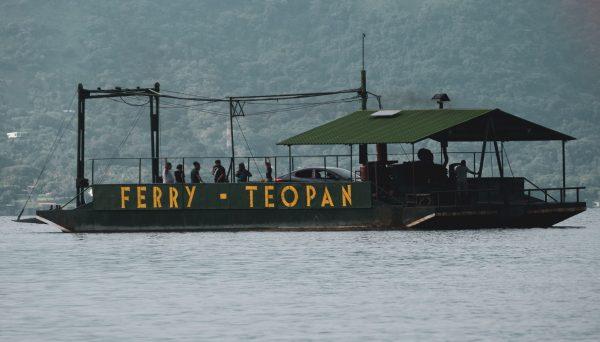
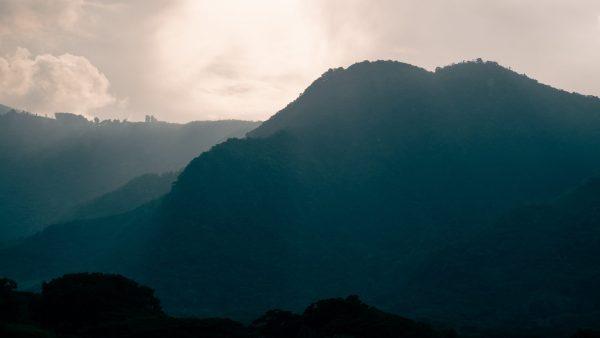
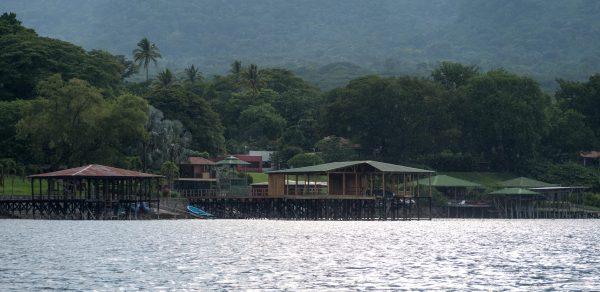
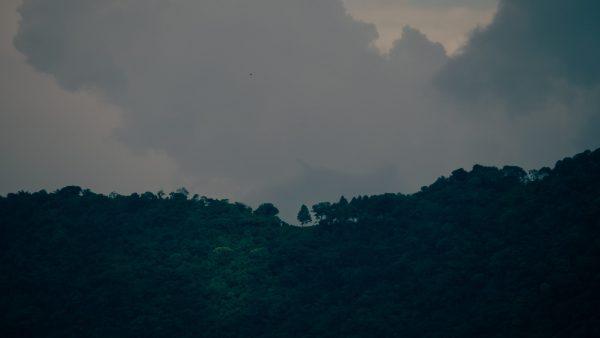
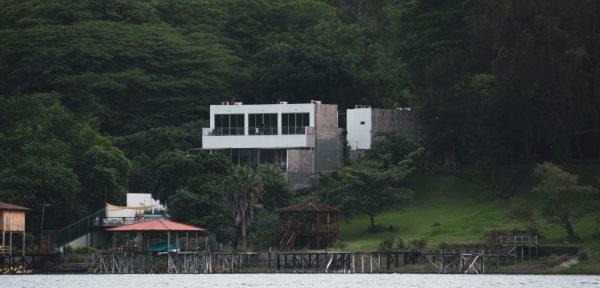
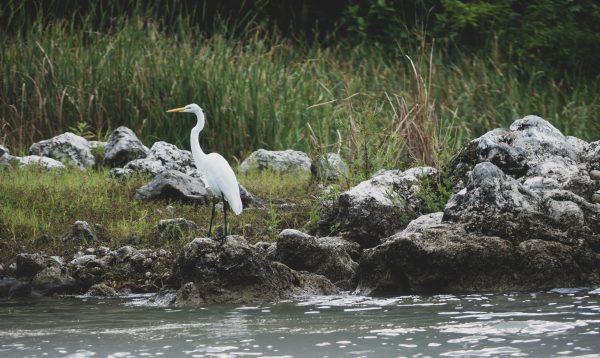










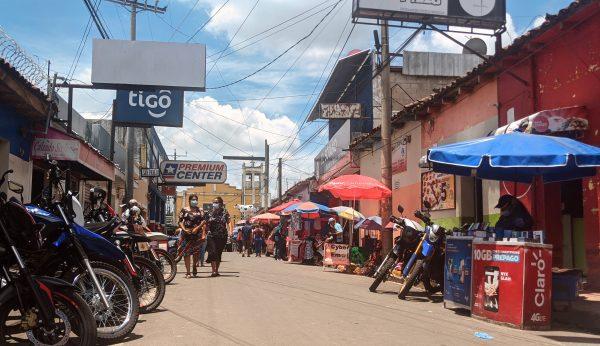
Day two: Sights from a country that took the pandemic seriously
One thing stuck out to me while walking through a very crowded outdoor market in the small town of Chalchuapa: Everybody is using masks.
I first noticed this “phenomenon” when we left the airport. As we traveled to my parents’ hometown, I looked out of the window, astonished by the vast rainforests covering large mountain ranges only to be disrupted by the occasional fruit stand. As we continued to pass by these fruit stands, the pattern of mask-wearing quickly emerged. Even when the vendor was all alone, a mask would still be across their face.
This led me to start people-watch to see if this was a trend throughout the country or if I just happened to witness an anomaly. As we passed through city after city, it became clear that it wasn’t some weird coincidence. Children, construction workers, bus drivers, and almost everybody I saw all donned the all-too-familiar cloth over their face.
I asked my uncle, a police officer, how the pandemic affected the country and his job. I was floored by his responses and wished the United States was that proactive in some aspects.
He recounted how the president of El Salvador, Nayib Bukele, announced a national quarantine before a single reported case and how, although flawed, the country delivered a stimulus of $300 to many of its citizens, among other things.
He continued to talk about his work as a police officer and how tiring it was during a period of time last year. Officers around the country were tasked with ensuring the public followed ordinances and that citizens had reason to be out of their homes during the most extreme periods. He was also in charge of taking people home after quarantining and recording their information — that information gets sent to a national database. According to him, this national database also recorded people sent home from hospitals after not showing signs of severe symptoms, which kept the hospitals from being overwhelmed.
Overall, he said that the pandemic had not affected El Salvador hard compared to other Central and Southern American countries and that he was surprised how little action the U.S. took to protect its citizens.
The data backs up his statement as well. Both Honduras and Guatemala, the neighboring countries to El Salvador, have had 265,174 and 298,904 confirmed cases of COVID-19 respectively while El Salvador has had 78,766 since July 2 according to Our World in Data.
This conversation happened just as we were parking near the outdoor market and I still had lingering questions about El Salvador’s citizens and their response to the virus nearly a year-and-a-half later. But once I exited the vehicle and entered the marketplace, that question was quickly answered.
Despite being outside, a majority of people wore their masks. Before we entered an indoor supermarket, we were temperature-checked and given hand sanitizer. At a fried chicken restaurant, an armed security guard stopped us at the front door and said that only one person from a group could enter the store.
Of course, some individuals walked around maskless, but they were far and few in between the vast sea of Salvadorans that did.
It was tiny actions like this that showed me how easy it was to enact common sense preventative measures. As long as the country’s leaders communicate the importance of the measures, the citizens continue to respect them a year later.
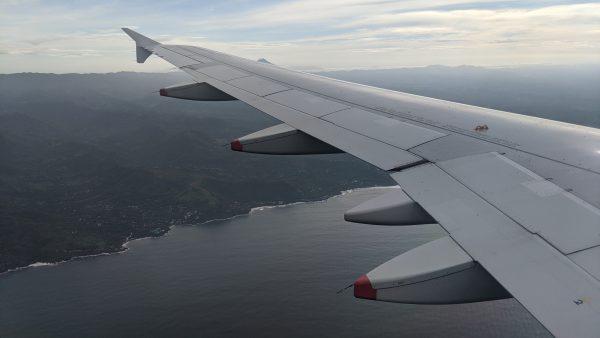
Day one: A Friday full of firsts
International travel to my parents’ home country has always been exciting.
Throughout my life, I’ve heard so many stories about the wonders and beauty of El Salvador and often get sucked into my father’s nostalgic rants about life before immigrating.
Those stories, mixed with memories of our last trip four years ago, have made me yearn to see the small Central American country once again. I just want to enjoy its native fruits, see the beautiful landscapes and add images to my parents’ stories.
And today’s the day where we are beginning our first day of travel.
However, I’m currently at the most boring part of air travel — the airport.
Or at least that’s what I thought until my videographer senses started tingling.
After dealing with the check-in line and Transportation Security Administration at Ontario International Airport, I sat down at the waiting area, quickly pulled out my laptop and began to write about how weird it was to travel during a pandemic. Then, out of the corner of my eye, I noticed the newest model of the Ronin S gimbal and a camera operator taking footage of the terminal.
It was my first time seeing the newest model working in action so I couldn’t help but simply admire the sacred dance of a videographer working a gimbal in front of me.
As I continued to watch the fellow videographer work his magic, I quickly realized that our section had balloon decorations near the airplane entrance and a gift stand with commemorative Coca-Cola bottles.
Before I could process my surroundings, a sea of recording cell-phones filled the air and the captain stood in front of a red ribbon alongside a group of airport employees standing behind holding a cliche pair of large scissors.
The captain proceeded to inform the crowd that this is Ontario’s inaugural flight to San Salvador and third international carrier. They were celebrating the occasion because this was another step toward the airport’s goal of becoming more accessible to the public.
“We really want to bring a lot more international flights here,” Travon Martin, Ontario International Airport’s community engagement manager, said. “So now we have Volaris, we have Avianca, we have China airlines and we are looking to add more and more carriers.”
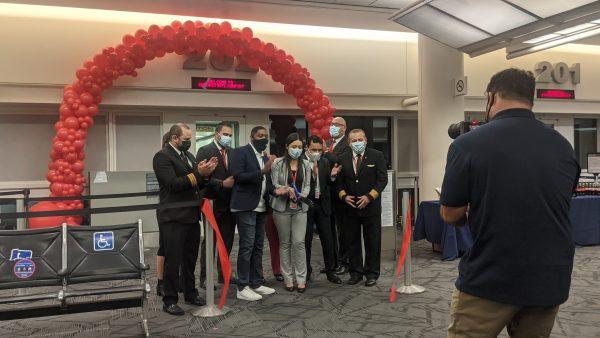
Watching the ribbon cutting ceremony brought a weird sense of joy into what is usually a mundane and often forgettable part of the vacation. Even though it might be something miniscule to many, it feels nice to be a part of the airport’s history and I took it as a good omen of the trip to come.
As I passed through the balloon arch and sat down in my assigned seat, a male crew member hopped on the intercom and continued to tout how important this first flight is to him.
He seemed emotional as he told us that it is his first flight traveling with his father, the captain.
That’s when it hit me. Today is really a Friday full of firsts.

